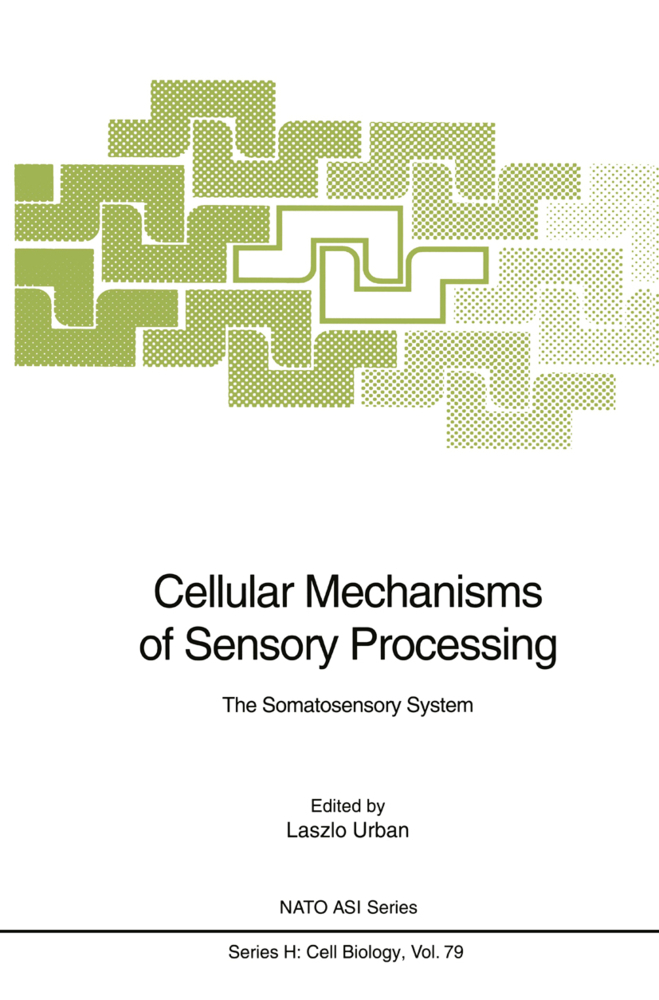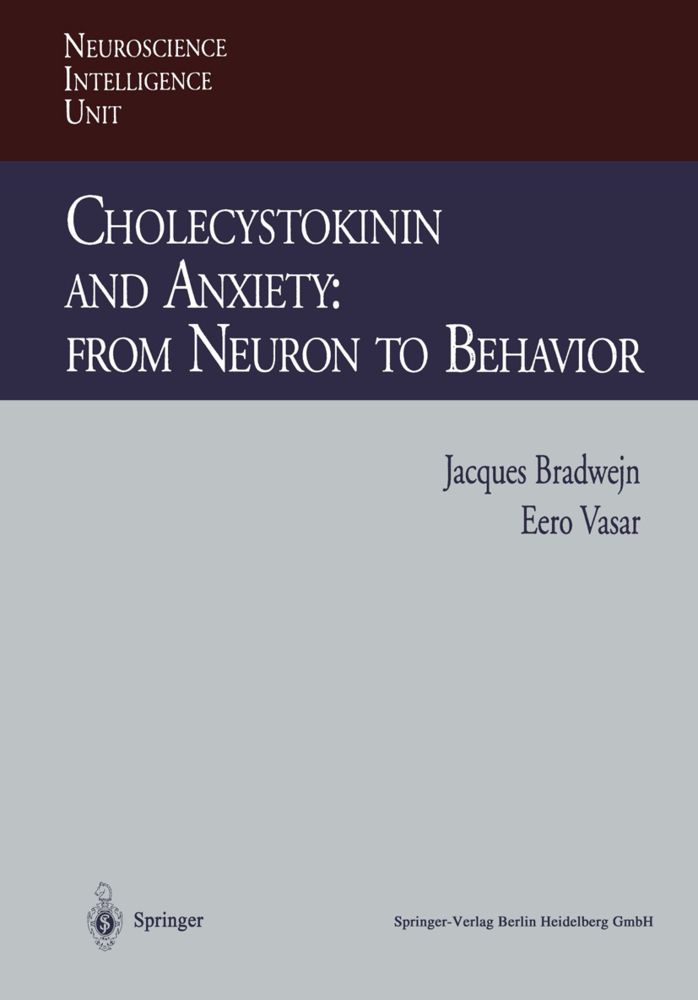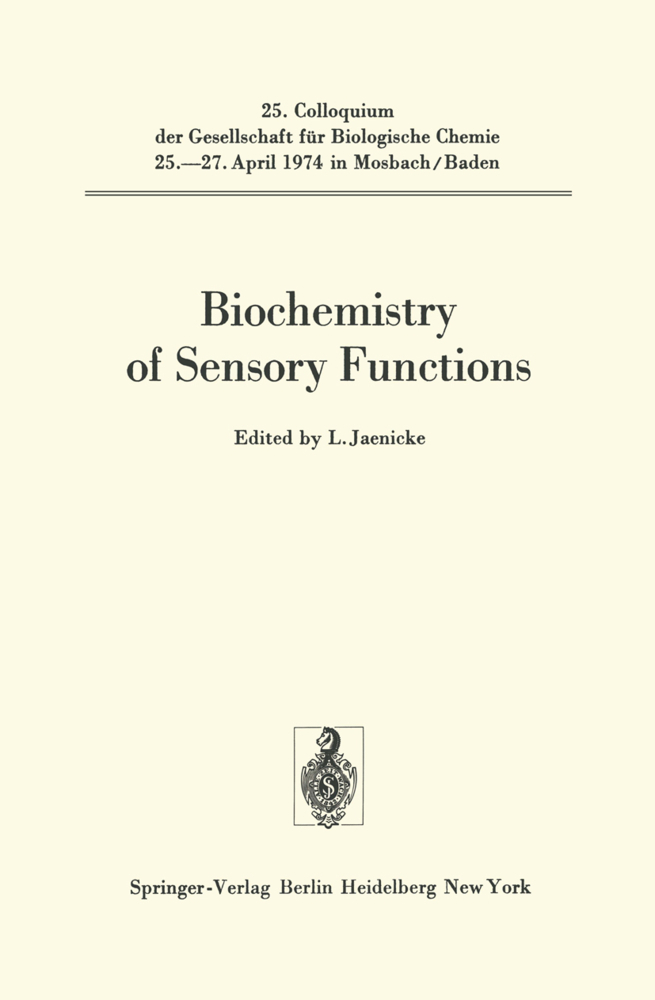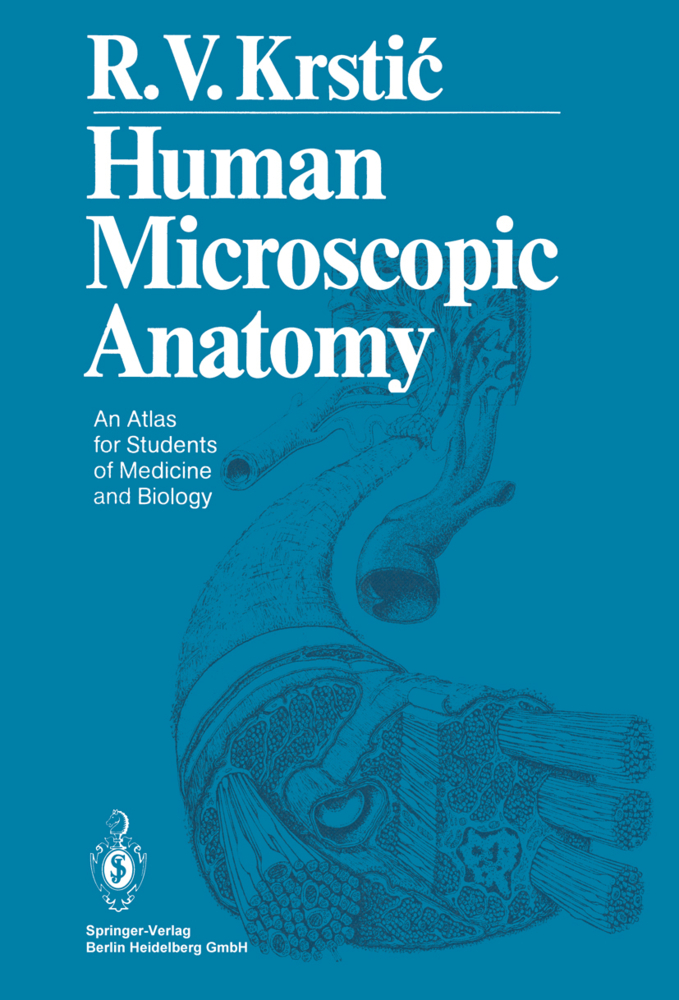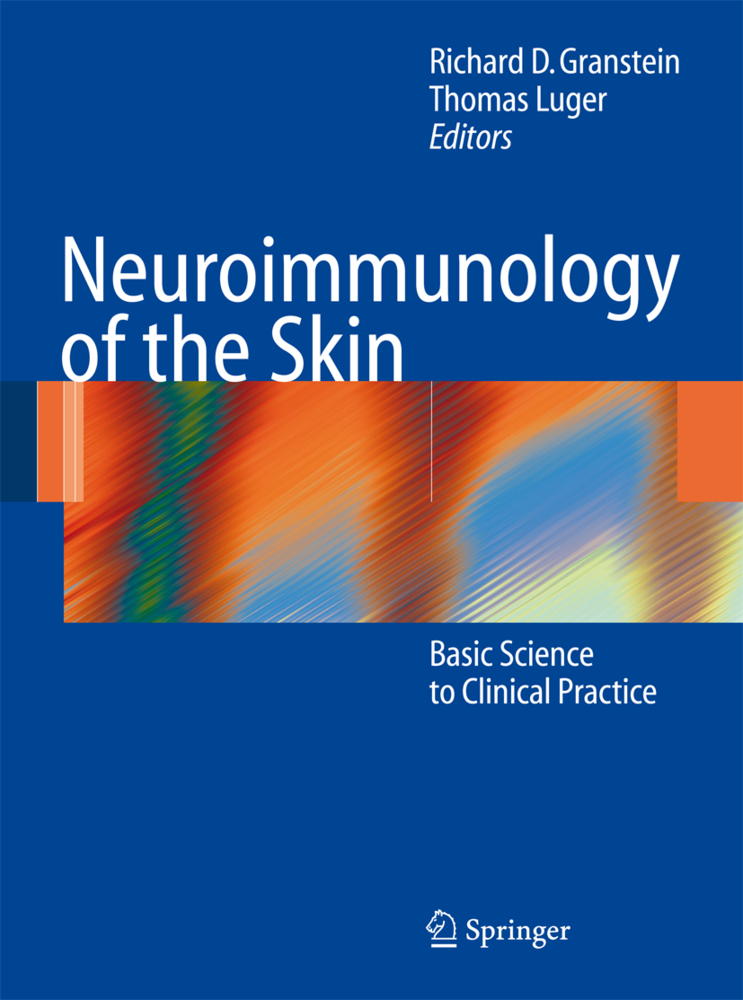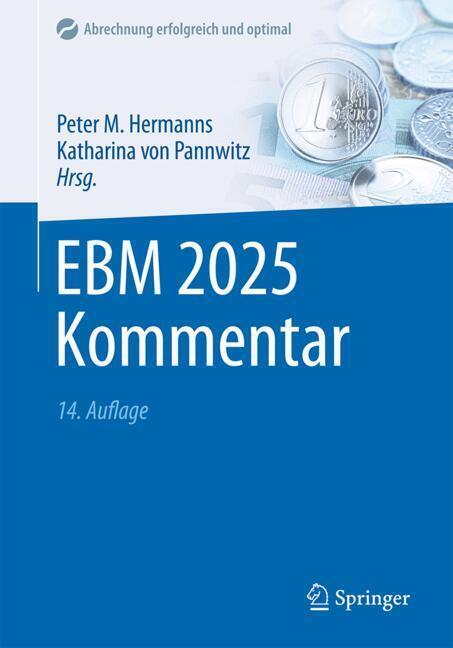Cellular Mechanisms of Sensory Processing
The Somatosensory System
Cellular Mechanisms of Sensory Processing
The Somatosensory System
The research field of somatosensory processing in mammals has experienced revolutionary changes in recent years. Accumulation of basic and clinical data has greatly accelerated, and new phenomena have emerged. With the aid of new, refined methods, molecular and cellular changes have been described, underlying the signal transduction-transmission between the internal/external environment and the central nervous system have been described. The discovery of the interaction between the nervous and the immune system has, for example changed our view on the development of inflammatory diseases, while the cloning of genes encoding different trophic factors has boosted studies revealing profound changes in the regeneration of neurons, and induction of changes in phenotype. The study of the pre-and postsynaptic modulation of transmitter release, and the examination of the combined effects of amino acid and peptide transmitters has become recently possible by using cultured cell lines and in vitro techniques. Although it is in embryonic state, computational properties of single DRG cells under normal and pathological conditions are being investigated. Results soon or later will have a great impact on pain research and consequently ultimately in clinical pain management. This brief introduction indicates how our knowledge of the somatosensory system has increased dramatically recently. However, many investigators cultivate only a very specific field in the growing area of somatosensory research and find it difficult to integrate a more universal knowledge of their work.
Ion Channels Underlying Transduction and Adaptation in Mechanoreceptors
Signal Transduction Processes in Sensorimotor Neurones of the Enteric Nervous System
Modulation of Voltage Dependent Calcium Channels by GABAb Receptors and G Proteins in Cultured Rat Dorsal Root Ganglion Neurons: Relevance to Transmitter Release and Its Modulation
Signal Integration in the Axon Tree Due to Branch Point Filtering Action
Polymodality in Nociceptive Neurons: Experimental Models of Chemotransduction
Chemical Excitation and Sensitization of Nociceptors
Local Effector Functions of Primary Afferent Nerve Fibers
Transmitters in the Somatosensory System (Synaptology of the Spinal Cord)
Exitatory Amino Acid Receptors in the In Vitro Mammalian Spinal Cord
Modulation of NMDA Currents in Hippocampal Neurons
Excitatory Amino Acid Receptors in the Spinal Cord
Excitatory Amino Acid Release in Dorsal Root Ganglion Cultures
The Involvement of Excitatory Amino Acids and their Receptors in the Spinal Processing of Nociceptive Input from the Normal and Inflamed Knee Joint in the Rat
Tachykinin Receptors and their Antagonists
Synaptic Activation by the Release of Peptides
TRH and Substance P Increase Rat Motoneurone Excitability through A Block of A Novel K+ Conductance
Dynamic Changes in the Sensory System
Influences of the Chemical Environment on Peripheral Afferent Neurons
Silent Primary Afferents
Sensory Neurons and Plasticity: The Role of Immediate Early Genes
Molecular Biology of Dynorphin Gene Expression in Relationship to Spinal Cord Processing of Pain
Regulation of Cellular Phenotype in the Nociceptive Pathway
Altered Functions of Neuropeptides and Nitric Oxide in Somatosensory Afferents and Spinal Cord After Peripheral Nerve Lesions in the Rat
Hyperexcitabilty in the Spinal Dorsal Horn: Cooperation of Neuropeptides and Excitatory Amino Acids
The Role of Nitric Oxide in Hyperalgesia
Dynamic Changes in Dorsal Horn Neurons
Postsynaptic Changes During Sustained Primary Afferent Fiber Stimulation as Revealed by C-Fos Immunohistochemistry in the Rat Spinal Cord
Structural Plasticity of Primary Afferent Terminals in the Adult Dorsal Horn - Regenerative Sprouting Induced by Peripheral Nerve Injury.
Characterization of The Primary Afferent
Diversity of Somatic Spikes in Dorsal Root Ganglion Cells: Implications for Development, Function and PlasticityIon Channels Underlying Transduction and Adaptation in Mechanoreceptors
Signal Transduction Processes in Sensorimotor Neurones of the Enteric Nervous System
Modulation of Voltage Dependent Calcium Channels by GABAb Receptors and G Proteins in Cultured Rat Dorsal Root Ganglion Neurons: Relevance to Transmitter Release and Its Modulation
Signal Integration in the Axon Tree Due to Branch Point Filtering Action
Polymodality in Nociceptive Neurons: Experimental Models of Chemotransduction
Chemical Excitation and Sensitization of Nociceptors
Local Effector Functions of Primary Afferent Nerve Fibers
Transmitters in the Somatosensory System (Synaptology of the Spinal Cord)
Exitatory Amino Acid Receptors in the In Vitro Mammalian Spinal Cord
Modulation of NMDA Currents in Hippocampal Neurons
Excitatory Amino Acid Receptors in the Spinal Cord
Excitatory Amino Acid Release in Dorsal Root Ganglion Cultures
The Involvement of Excitatory Amino Acids and their Receptors in the Spinal Processing of Nociceptive Input from the Normal and Inflamed Knee Joint in the Rat
Tachykinin Receptors and their Antagonists
Synaptic Activation by the Release of Peptides
TRH and Substance P Increase Rat Motoneurone Excitability through A Block of A Novel K+ Conductance
Dynamic Changes in the Sensory System
Influences of the Chemical Environment on Peripheral Afferent Neurons
Silent Primary Afferents
Sensory Neurons and Plasticity: The Role of Immediate Early Genes
Molecular Biology of Dynorphin Gene Expression in Relationship to Spinal Cord Processing of Pain
Regulation of Cellular Phenotype in the Nociceptive Pathway
Altered Functions of Neuropeptides and Nitric Oxide in Somatosensory Afferents and Spinal Cord After Peripheral Nerve Lesions in the Rat
Hyperexcitabilty in the Spinal Dorsal Horn: Cooperation of Neuropeptides and Excitatory Amino Acids
The Role of Nitric Oxide in Hyperalgesia
Dynamic Changes in Dorsal Horn Neurons
Postsynaptic Changes During Sustained Primary Afferent Fiber Stimulation as Revealed by C-Fos Immunohistochemistry in the Rat Spinal Cord
Structural Plasticity of Primary Afferent Terminals in the Adult Dorsal Horn - Regenerative Sprouting Induced by Peripheral Nerve Injury.
Urban, Laszlo
| ISBN | 978-3-642-78764-5 |
|---|---|
| Artikelnummer | 9783642787645 |
| Medientyp | Buch |
| Copyrightjahr | 2011 |
| Verlag | Springer, Berlin |
| Umfang | XI, 502 Seiten |
| Abbildungen | XI, 502 p. |
| Sprache | Englisch |

